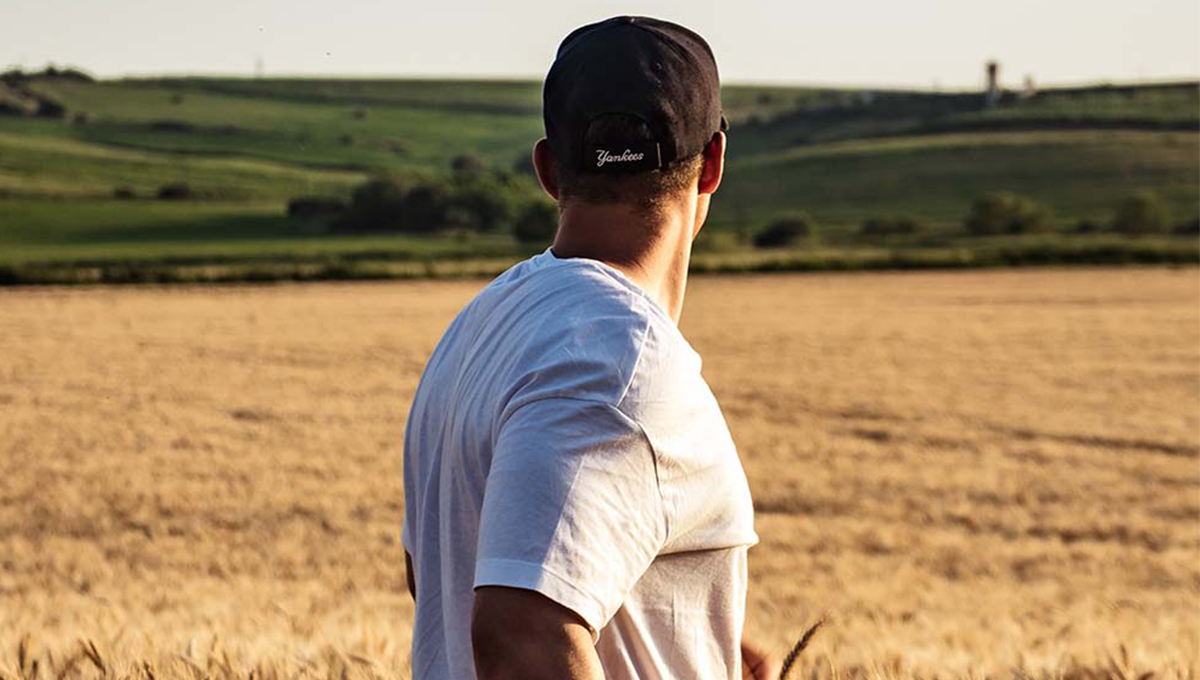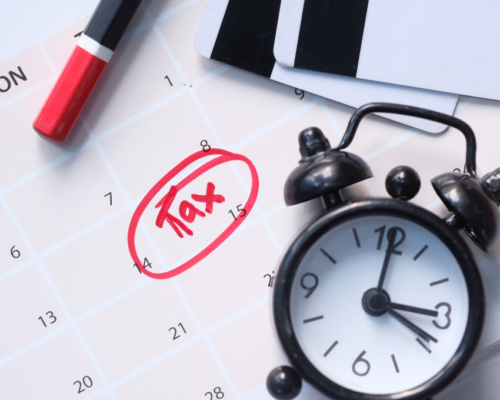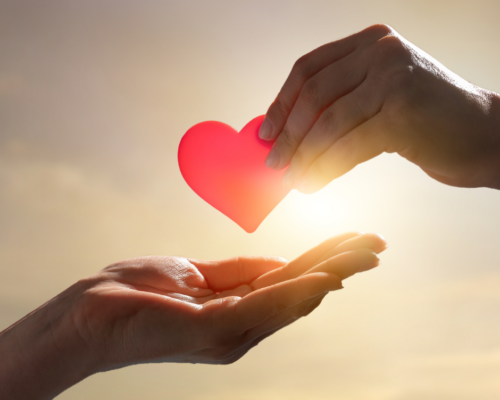In late December 2020, Congress passed a second stimulus bill that included $285 billion for a second round of Paycheck Protection Program loans to help small businesses affected by COVID-19. ‘Second Draw’ PPP loans are available to those with fewer than 300 employees that can demonstrate a 25% drop in gross revenue – even if you received a PPP loan in the first round. Although the two programs are very similar, the Second Draw improves or clarifies the following important details:
Gross revenue is now better defined. Gross revenue can be calculated by comparing a quarter from 2019 to the same quarter in 2020 or by using the whole year to demonstrate a 25% reduction. Capital contributions into the company or income/forgiveness from the first round of PPP loans may be excluded from your calculations.
Payroll costs have been expanded to include other benefits paid by the business. Expenses the company pays for employees’ vision, dental, disability, or life insurance may be included in payroll costs for the calendar year of 2019 or the 12 months prior to applying for the loan.
Up to 40% of the loan may be used for newly authorized purposes. In order to receive full loan forgiveness, borrowers must use at least 60% of PPP funds for payroll expenses. However, the other 40% may now be used for additional expenses such as personal protective equipment or facility updates to make a business COVID-19 safe.
The maximum loan amount for a Second Draw PPP loan is $2 million. Most businesses may receive a loan equal to 2.5 times their monthly payroll, but although borrowers could receive up to $10 million for their first PPP loan, the second round of funding is capped at $2 million per individual business.
There are special provisions for hotels and restaurants. Hospitality was one of the industries hardest hit by the COVID-19 pandemic, so they can have up to 500 employees per individual tax ID number (i.e., per location) and may receive 3.5 times their monthly payroll.
Loan amount calculations for farmers and ranchers better align with true income. Farmers are now able to apply for PPP funds calculated off gross income on the 2019 Schedule F. If you also pay employees on the farm, additional calculations apply, and there is additional guidance to account for seasonal employees.
Many businesses can apply for the Second Draw PPP loan now and supply documentation relating to the revenue decrease later. Borrowers receiving loans less than $150,000 are granted a simplified application and forgiveness process. You may apply for the loan now, continue gathering documentation to illustrate the 25% decrease in revenue, and wait to submit it until just before applying for forgiveness.
Of course, there is much more contained in the new stimulus bill than we can post here, but this recaps the main differences between PPP1 and PPP2. More details are available here from the SBA, and you can download the application here to apply through a participating lender from Jan. 13, 2021 to March 31, 2021.
Category: Tax and Accounting Team




